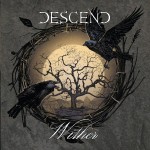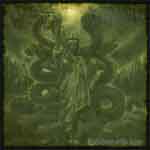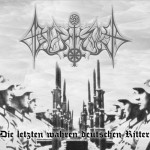Many of us are fans of last.fm and other services which keep track of listening statistics. These allow me to link up various devices that I use and see what my actual listening patterns are instead of what I think they are. For example, if you asked me for a list of top death metal releases, I can easily name something like this list of the best in each genre. But that is an analytical opinion related to the art and music themselves, not a personal habit, which reflects more the day-to-day utility I find in different albums. Such is the split with Gorguts Obscura, an album I listened to extensively when it came out in accidental defiance of conventional wisdom, but then have not picked up since. Part of the reason is the unreasonably loud production, which makes it — like Sinister Hate and other albums of the “early ProTools era” — difficult to listen to alongside classic albums, and abrasively loud with lost texture of distortion. Another reason is that having heard it three times a day for five years, I may have simply absorbed it entirely. A third might be that while it is admirable as a piece of art, it may not be applicable to much of my life or thought process at this point.
I read Old Disgruntled Bastard‘s article “The postmodern Gorguts” with great interest not just because I enjoy ODB’s writing, but because he has cut into a vital topic: does Obscura belong to the old school death metal legions, or is it of a newer style that we call “modern metal”? Modern metal — comprised of nu-metal, metalcore, tech-death, post-metal and indie-rock — distinguishes itself from the old because it is composed like rock but with metal riffs mixed in among the jazz and prog affectations. The analysis of it as postmodern seems to make sense if one considers later postmodernism. Early postmodernism distrusted meta-narratives and so attempted to create its own based on the subtext, or invisible reality, as an alternative to the public text or consensual token-based narrative of our reality and civilization.
Later postmodernism simplified that to an idea of showing many different angles or perspectives of a topic, like a Pablo Picasso painting, which created a surface level of complexity of ingredients so intense that it reduced the organizing principle or internal complexity of the work to near nothingness. Compare Don Delillo’s White Noise to David Mitchell’s Cloud Atlas (itself highly derivative of Pynchon, that highly derivative of Nabokov and Burroughs) for an example of this in literature.
The public school safe answer when asked about the origins of postmodernism is that it sprang up with Foucault, but someone who traces the history of ideas — and actually writes postmodern fiction — like myself may see the origins instead in an early writing by Fred “Mad Dog” Nietzsche entitled “On Truth and Lies in a Post-Moral Sense,” in which he points out the nihilism of language: tokens work only when people mean the same thing, but people project their own desires into the meaning through the imprecise device of memory, which means that narratives rapidly become deconstructed into manipulation and the only excuse is to discard the old values and definitions, and rebuild from common sense observation of reality.
There are, after all, very few ideas in history, and much as Plato was a watershed, Nietzsche defined the different perspectives in the modern time, but this analysis is too far-reaching to be made in public, least of all on the government dime. I remember talking with Audrey Ewell (Until the Light Takes Us) over this very split and finding myself dismissed as perhaps not knowing the background material, which is very un-postmodern as it affirms an official narrative in defiance of the introspection that leads to analysis of externality by structure and not appearance, a trait shared between Nietzsche and the Romantics that lives on in postmodernism albeit faintly, and only in the important works, excluding the forgettable Mitchell for example. Postmodernism appears in movies by David Lynch and Lars von Trier, specifically the death metal-friendly Melancholia, and even in the theories we tell ourselves about daily life. Discontent with The NarrativeTM abounds, but very few agree on what that narrative is or what is the truth that it conceals, which shows a difficulty of postmodernism: it deconstructs and points vaguely in a new direction, but never finalizes the task, which relegates it to the academic realm of sipping Merlot and watching the world build up tinder for the final carnage.
Having boiled out all of that context to postmodernism as idea, let us look at William Pilgrim’s excellent article. Death Metal Underground tries to provide multiple perspectives — in the postmodern sense — on any topic, but diverges from the postmodern narrative by affirming that reality itself is truth, and we can approximate that truth, so we must undertake the almost never undertaken second part of the process which is through reasoned debate to then find answers. People love the idea of multiple perspectives, because it means that since nothing is true, they can do whatever they want and that “feels” good to the forlorn or under-confident soul. They are less enthusiastic about boiling down the data found and constructing from it an assessment of truthfulness. The article contains two essential nodal points, the first of which is the definition of postmodernism:
…a school of thought that attempts to reject overarching structural meaning and belief in greater narratives. To the post-modern mind, existence and experience consist of pluralities, splintered into fiercely individualistic cells prone to subjective rule, and inimical to any attempt at establishing a universal system of knowledge. Under this philosophy, adherence to a common-law guidebook serving as a framework for value judgments would amount to giving tacit approval to an authoritarian scheme of things.
This sounds surprisingly like one of my favorite definitions, the Internet Encyclopedia of Philosophy definition of “nihilism”:
Nihilism is the belief that all values are baseless and that nothing can be known or communicated…By the late 20th century, “nihilism” had assumed two different castes. In one form, “nihilist” is used to characterize the postmodern person, a dehumanized conformist, alienated, indifferent, and baffled, directing psychological energy into hedonistic narcissism or into a deep ressentiment that often explodes in violence…In contrast to the efforts to overcome nihilism noted above is the uniquely postmodern response associated with the current antifoundationalists….French philosopher Jean-Francois Lyotard characterizes postmodernism as an “incredulity toward metanarratives,” those all-embracing foundations that we have relied on to make sense of the world. This extreme skepticism has undermined intellectual and moral hierarchies and made “truth” claims, transcendental or transcultural, problematic. Postmodern antifoundationalists, paradoxically grounded in relativism, dismiss knowledge as relational and “truth” as transitory, genuine only until something more palatable replaces it (reminiscent of William James’ notion of “cash value”). The critic Jacques Derrida, for example, asserts that one can never be sure that what one knows corresponds with what is.
Much of interest stands out here starting with caste. Alan Pratt seems to see the two interpretations of nihilism as reflecting degrees of abstraction. On one level, people say that life has no inherent meaning — that is the correct short form translation of what he says above — and translate that into dissipation; on the other, they see this as an opportunity to escape the dead definitions of a dying civilization and re-evaluate all that is known and how it is seen as important; in other words, to go back to Nietzsche and his Romantic-tinged apocalyptic renewal.
This also introduces the fundamental problem of modern philosophy, which it tries to handle through grammars of different fields of study, consisting of the coherence/correspondence split. A sentence can be completely grammatical and parse-able but contain no meaning because it imitates outward form but refers to nothing and resembles nothing found in reality. “A = x; if A > x, then the world ends” is entirely sensible as an expression, yet gives no information and relates to nothing. Like Nietzsche, most postmodern philosophers attack language, but unlike Nietzsche, they seek to find ways around language where Nietzsche’s point was the more flexible idea that language, logic and other forms of communication and truth-assessment are dependent on those who wield them, their intelligence, honest and intent; in other words, as he said, “There are no truths, only interpretations.”
This nihilism — which sounds a lot like postmodernism itself — distrusts not just a narrative, but the idea that there can be a narrative, or in other words one explanation of reality and how to deal with it that applies to all people. This translates to a distrust of the inherent or innate, such as the idea of “writing on the wall” or any other kind of definitive sign that communicates to all people. In other words, reality is out there, and all of our access to it comes through interpretations; these vary in value, and communication between them occurs through reality, so is subject to the same weakness. This means that there is no single symbolic or token communication which can be said to be innately true, and since the world itself issues forth no data in symbolic form, “truth” is a property of human minds and dependent on the quality, discipline and application of those minds, and is not shared among humanity collectively.
This applies less to the idea of a narrative within, say, a death metal album, that to the idea of a narrative describing our world and universal values to address it. However, individual interpretations can more closely approximate an understanding of reality, even if they cannot be communicated because communication depends on symbolic parity between all parties, which in turn depends on the ability to understand those symbols in roughly the same way. In ancient times, that viewpoint was called “esotericism” because it suggested that reality revealed its truths to those who were ready for them, with both a sense of knowledge being cumulative and not open to all people. A genius or highly talented person sees a different truth than others, thus this truth is localized to that person, and cannot be shared by the act of encoding it in symbols and speaking or writing them to others.
Taking this path through postmodern reveals that while postmodernism “flouts conventions”, as the article states, flouting conventions is not the total of postmodernism; it is one attribute, and it occurs not in and of itself but for the sake of undermining the narrative. This brings us to the core of Pilgrim’s analysis of Obscura:
In its abundant jagged outcroppings and in its constant search for the next unorthodox detour, Obscura shortchanges the simple truth that holds up metal and indeed all ‘essential’ music, that of relating an idea through sound.
I will simplify this in a grotesque but accurate way: tail wags dog. Instead of technique being used as a means of expressing an idea, the technique becomes the goal and the idea is filled in afterwards to unite the different technical parts. This common criticism of metal rings true in almost all disorganized works because the band wrote a bunch of riffs, adjusted rhythm like a big paper bag to fit them all together, and then called it a “song” despite having nothing in common between its parts, and thus no emergent atmosphere or communication which makes the whole more than the sum of the parts. This leaves us with the criticism of Obscura as failing to maintain a narrative, and whether this is related to the postmodern distrust of narratives, which itself could constitute a narrative. We could create a thesis of history describing humanity as a successive series of escapes from previously limiting narratives to new ones, but that then portrays postmodernism entirely as a form of deconstruction, which while compatible with the notion of extreme skepticism fails to capture the Nietzschean notion of “re-evaluation of all values” which is the second half of the postmodern process: (1) deconstruct and (2) reconstruct, from reality (correspondence) and not internal grammars (coherence).
The only remaining question is to analyze the music itself and see if its parts in fact associate in some way as to make a meaningful whole, which is the question here; postmodernism has served as a useful filter for introduction but not really a guide to how to do this. We are back to using the same compositional analysis that would apply to any death metal release, or any through-composed music.
Specifically, Pilgrim identifies the lack of a melodic or structural center:
Conventional melody is used not as the driving force behind the songs heard on this album, but as ballast to the band’s almost painful need to expand the template of extreme metal prevalent till then.
At this point my own narrative must switch to the incredibly general in lieu of analyzing each song. My take on this album is that Gorguts wrote an album in the style of The Erosion of Sanity and then, possibly through the work of Steve Hurdle, added strong melodic continuity. Then, they chopped it and re-arranged it so that riffs introduced themselves both in “backward” order of distilling from more texturally complex to most melodically clear, and arranged them so that the melody was introduced in a pattern which broke up its normal flow in order to introduce pieces in a sequence that created another emotional impression, then assembling it from its conclusion for the final part of the song. This seems to me both not the tail wags dog approach, but also a use of technique over composition, but in this case it was effective because the music was already composed and was modified with an additional layer of complexity and perhaps, some anticipatory contrarianism, in order to make its labyrinthine journey of fragmentary melodies into more of a puzzle assembled in the mind of the listener, not unlike how postmodern novels like Naked Lunch separated a story into vignettes and multiple character/setting groups in order to disguise it and force the reader to assemble it in the abstract, before repeating it in a finale in more concrete form.
However, it seems to me that the core of Pilgrim’s essay is his listing of seven attributes of metal, and that perhaps his intent is to use Gorguts and postmodernism as a point to speak about metal as both having postmodern attributes, and opposing postmodernism by asserting a narrative construction of its own. In this, metal may be a nihilistic exception to the norm of postmodernism, in that while it distrusts the contemporary narrative, and negates the idea of inherent truth/knowledge/communication, it asserts that it can portray reality in a fragment in such a way that others can appreciate it. Regarding the charges of amateurism, Pilgrim makes some solid points. The fixation on iconoclasm and paradigm-inversion, which itself strengthens a narrative by the fact that exceptions tend to prove the rule, and deliberately “whacky” permutations of arrangement draw skepticism, and deservedly so. The third possibility offered by this author is that like most works of art, parts of Obscura are sincere and insightful, and other parts are bullshit designed “outward in,” or from appearance to core, meaning that they communicate little or were modified to express something convenient after the fact. If taken as a whole however, the album minimizes these parts by fitting them within other songs that attract less trivial attention. Where Pilgrim seems proven right to me is through recent Gorguts output which emphasizes mysticism of the trivial as a means of enhancing the self-estimation of its listeners, much as Opeth and Meshuggah built a cottage industry around making simple music seem complex to attract low self-esteem fans who want bragging and pretense rights over their friends; where he falls short is that From Wisdom To Hate, while a more rushed and uneven album, further develops the techniques on Obscura.
18 Comments
Tags: 1998, 2015, friedrich nietzsche, From Wisdom To Hate, gorguts, Internet Encyclopedia of Philosophy, meshuggah, metalcore, mysticism, Nihilism, Obscura, Old Disgruntled Bastard, opeth, The postmodern Gorguts
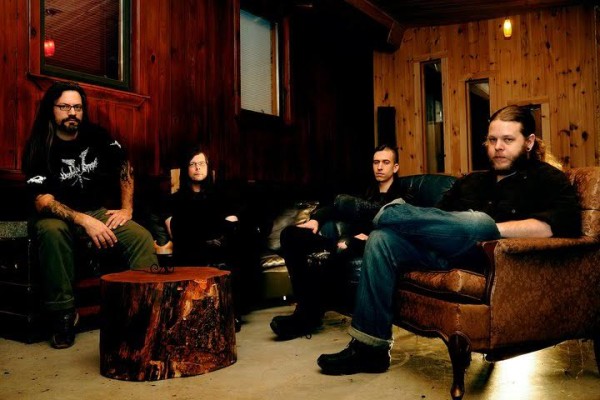



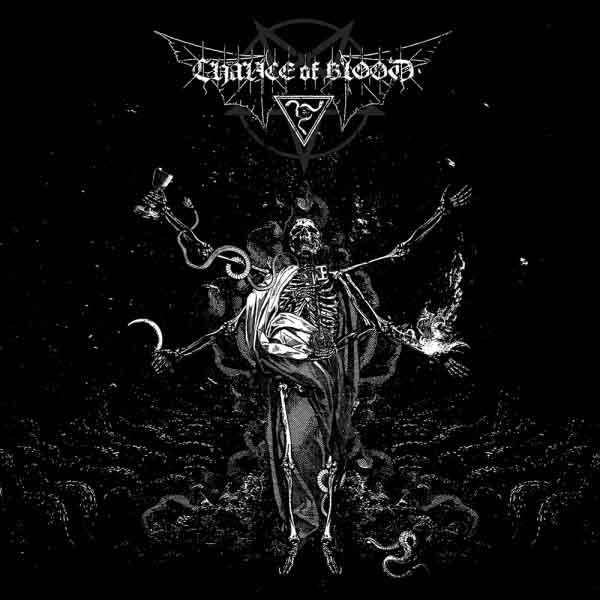


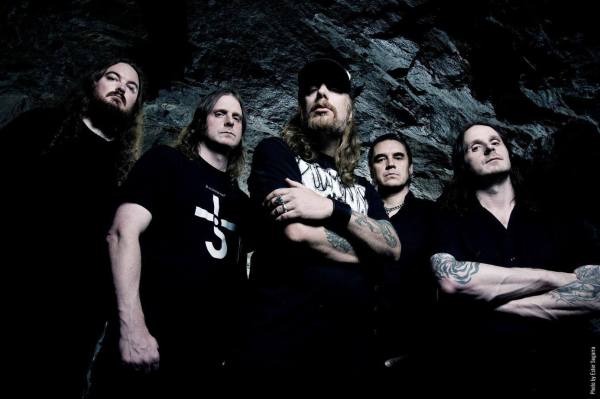
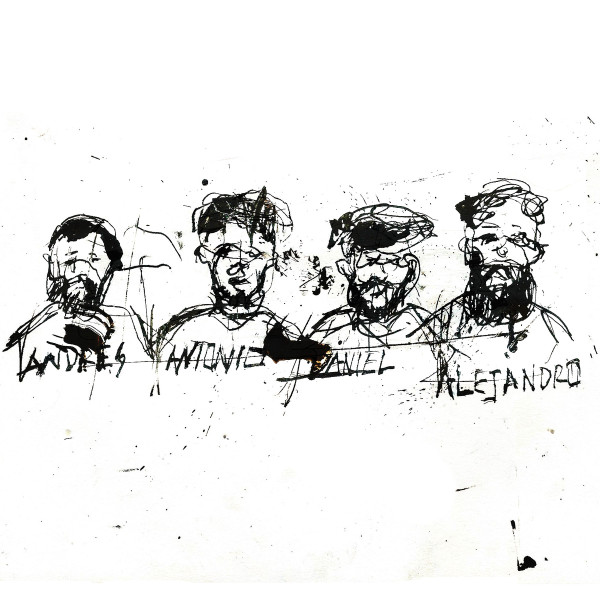
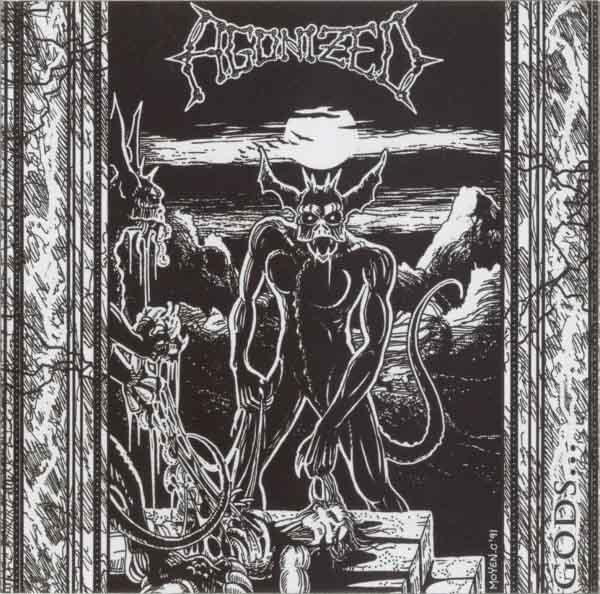
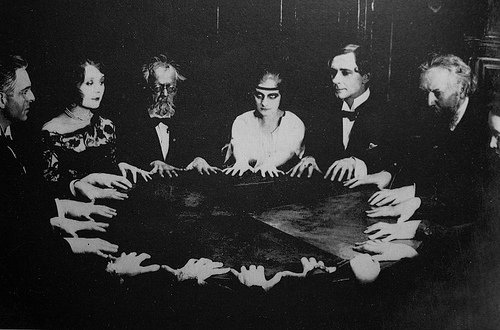
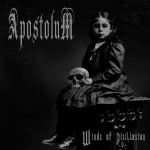
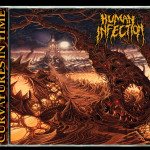

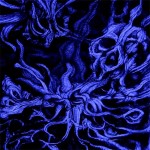


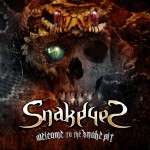
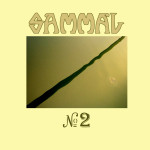
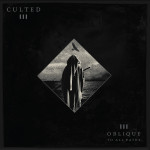

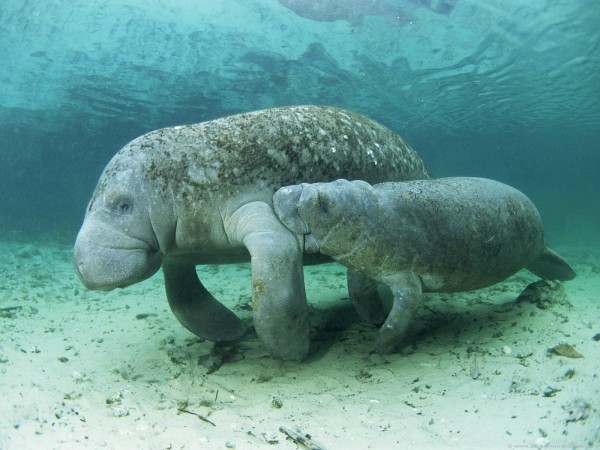
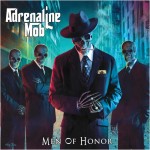
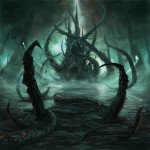
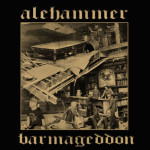

 Anal Blasphemy / Forbidden Eye – The Perverse Worship of Satanic Sins
Anal Blasphemy / Forbidden Eye – The Perverse Worship of Satanic Sins